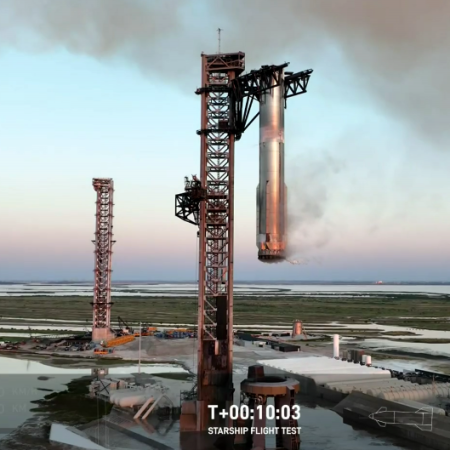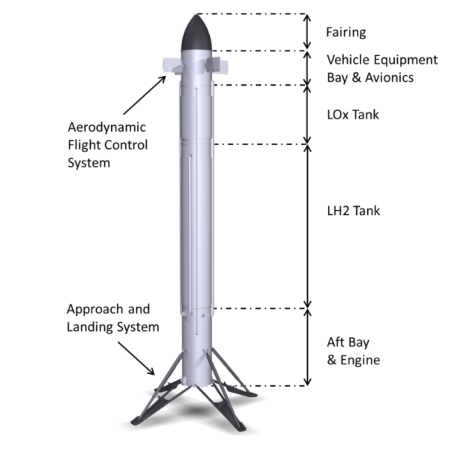Part 3: Fixing our bloated federal government and the administrative state is going to take decades

The lion now is roaring, quite loudly.
Photo by Travis Jervey.
In part 1 of this series I described how it appears the American public today is no longer asleep and is instead very aggressively participating in the political and cultural debate in ways it has not in many decades, noting how this shift suggests we are experiencing a much more fundamental societal change than a mere shift in voting demographics.
In part 2 of this series I described how this fundamental shift has begun to express itself within the courts and politics in ways unheard of only five years ago. This expression illustrates the bottom-up nature of America, whereby the citizen is sovereign and our so-called leaders can only resist what those citizens want for only so long. And when those citizens become energized, as they now are, that resistance will evaporate with amazing speed.
In part 3 today I am going to take a more pessimistic view, based not on recent events but on the longer view I take naturally as a historian. I do this all the time in my histories. In Genesis: the Story of Apollo 8, in describing the political background behind that mission, I could not help noting how that mission changed America and its social goals significantly, for both good and ill. In Leaving Earth, I opened the book like so:
Societies change. Though humans have difficulty perceiving this fact during their lifetimes, the tide of change inexorably rolls forward, sometimes for better, sometimes for worse.
I then documented in detail the space efforts by both Russia and the United States in the decades after the Apollo landing and the politics behind those programs, with both providing a great window into how both societies changed in the second half of the 20th century. As I concluded, “They were like ships passing in the night.”
Similarly, the major cultural and political shift away from big government and the regulatory state that I think we are now experiencing in the United States is not going to change our country overnight. These things take time. People who firmly believe it is a good idea to “gender affirm” confused little kids by cutting off their breasts or castrating them are not going to change their minds easily. People who believe in big government — especially those who benefit from it — are not going to meekly allow that big government and those benefits to vanish without a fight.
The left’s long march through the institutions
» Read more













